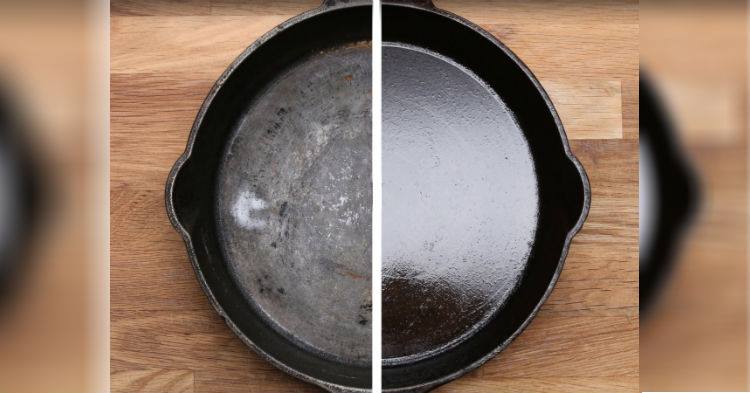The most important part of mastering cast iron cooking is knowing what to cook and not to cook in your cast iron pan. We’ve created a quick start guide to knowing when the time is right for cast iron.
What to Cook in Your Cast Iron Pan
Meats that need a hard sear but shouldn’t be scorched, like steak, or roasts that should be browned before braising, perform beautifully in a cast iron.
Stir-fries are another great cast iron option because the pan’s ability to hold heat is similar to that of a wok.
Perfectly golden-brown roasted vegetables with a crunchy exterior crust can be created by dumping your trusty rimmed sheet pan in favor of a large cast iron skillet.
Fried eggs are best cooked up in a cast iron skillet. However, be wary of scrambled eggs and frittatas, which can get gummy and stick to a poorly-seasoned pan.
Cast iron is the perfect vehicle for frying. If you’re frying large or heavy food that has the potential to splatter when added to the oil, reach for a deeper, Dutch oven-style cast iron.
And maybe the best options of all is cornbread. Preheating the pan as the oven comes to temperature will impart a crunchy, golden crust to your cornbread.
What Not to Cook in Your Cast Iron Pan
Delicate pieces of fish are not the best option for a heavy-duty cast iron, especially one that hasn’t been carefully seasoned.
Cast iron takes on the flavors of whatever it’s cooking, so a pan that’s used frequently for savory recipes is not a great vehicle for sweet things and dessert.
Overly acidic foods, such as tomato sauce, can be too harsh for a cast iron pan. Not only will the acidity of the liquid potentially react with exposed metal causing damage to the pan, it can impart a metallic taste to the food.

